
karakas7
-
Posts
59 -
Joined
-
Last visited
Content Type
Profiles
Forums
Blogs
Gallery
Events
Store
Posts posted by karakas7
-
-
Yes
Not original
Special fake KOKOSHNIK
0 -
Not rare but interesting
0 -
As to me - I have 1 type Hero of Cuba for sale......
0 -
0
-
0
-
Thank you for Your opinion Sir
Actually this resource presents many collectors for whom this course may be of interest.....
I took the opportunity to do a little advertising to this beautiful subject and would be very happy if he gets into a collection of our colleague
Regarding pricing - it is better to listen to three or four experts than one))
So.... I made a slow start sales of the order.....
and it is adequate of Your estimation - only 16000 Euro.....not high......think you agree
I think the true connoisseurs of rarities in perfect condition will fight for this order at auction .....As to me I have 3 experts from Russia and Europe who confirmed the authenticity and the originality of order....
Thank you so much for your opinion......
0 -
0
-
My dear friends - you can buy it on next Holmasto.fi auction!
0 -
Thank you for your opinion
wait your st.Annas
regards
0 -
Yes my friend
it is private maker
i have 2 orders in my collection
one want to sell
regards
0 -
Thank you so much
what you think about my St.Stanislas?
i post it on Forum page
regards
0 -
-
-
This item is constructor)
0 -
have been ill for the last few days. The piece was made in St. Petersburg by August Wendt circa 1865-75, nice piece, some unfortunate enamel damage on reverse centre but certainly a desirable piece. The market is not as strong as it was 2008-2010 but certainly ought to be around £10,000 but really something that should be put in an auction to determine and accurate price and on a good day with two or more competitive buyers who knows.
Paul
Thank you so much !
0 -
Ok
Thank you
0 -
Ok......price 11000USD + 56 $ for express international shipping
Good investment!
0 -
I speak about lot whith damages of enamel
this is another photos
I can give discount.....little
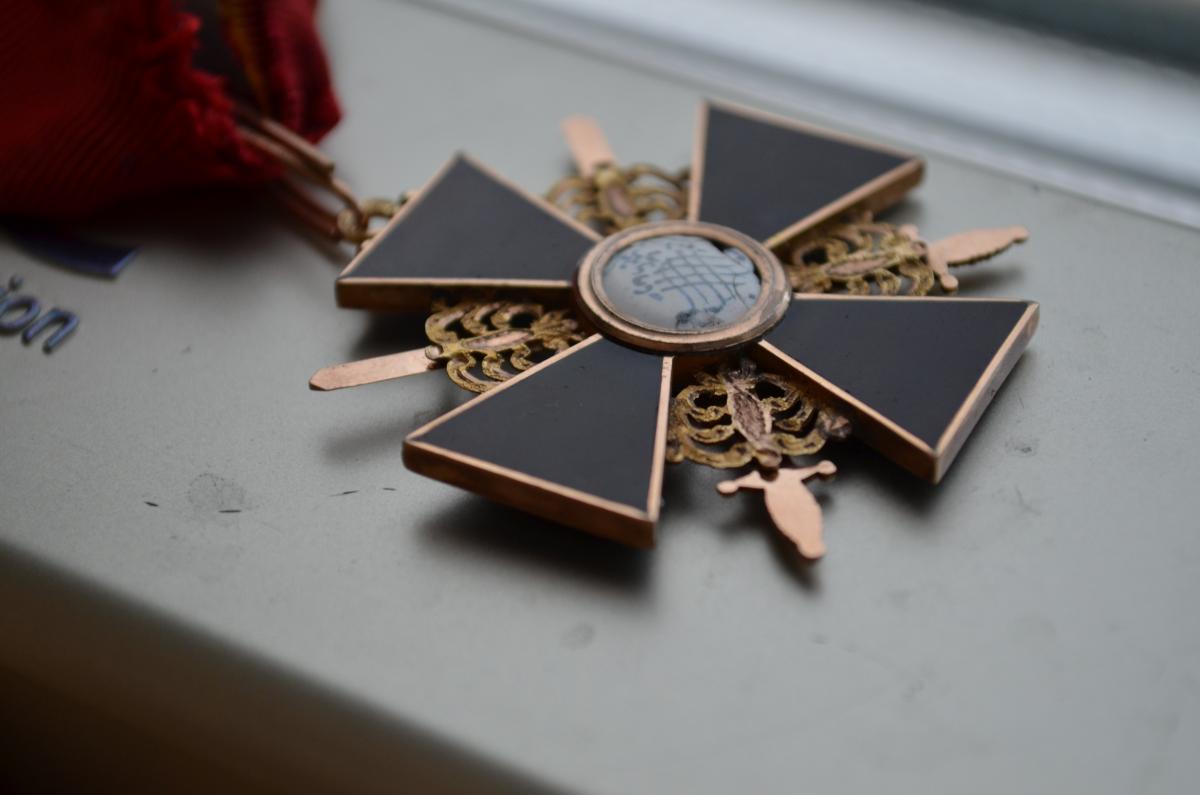



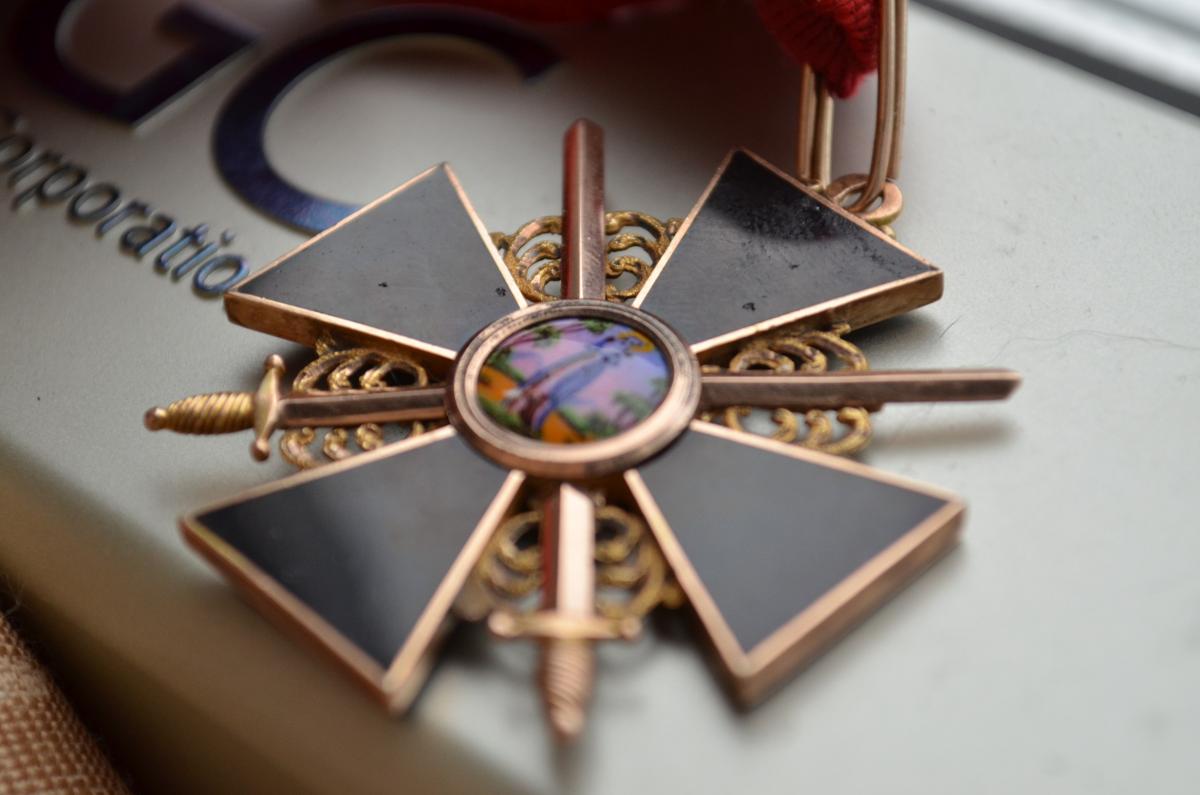
 0
0 -
Ok
I am do it now
But price is not high.
I am find 2 auction lots this one - minimum price 25000$
0 -
Also accept bank wire transfer
0 -
Who are need this one? Waiting you in PM
0 -
Thank you so much for you opinion.
I want sold here without auction.
My price is 12000$
I think it is real price....not expensive .....
Worldwide shipping
PayPal payment
0 -
I need your opinion dear friends about price
May be you need this order to your collection - I am waiting in PM
0 -
This is another picturies
Mastem mark i think alfa or anchor
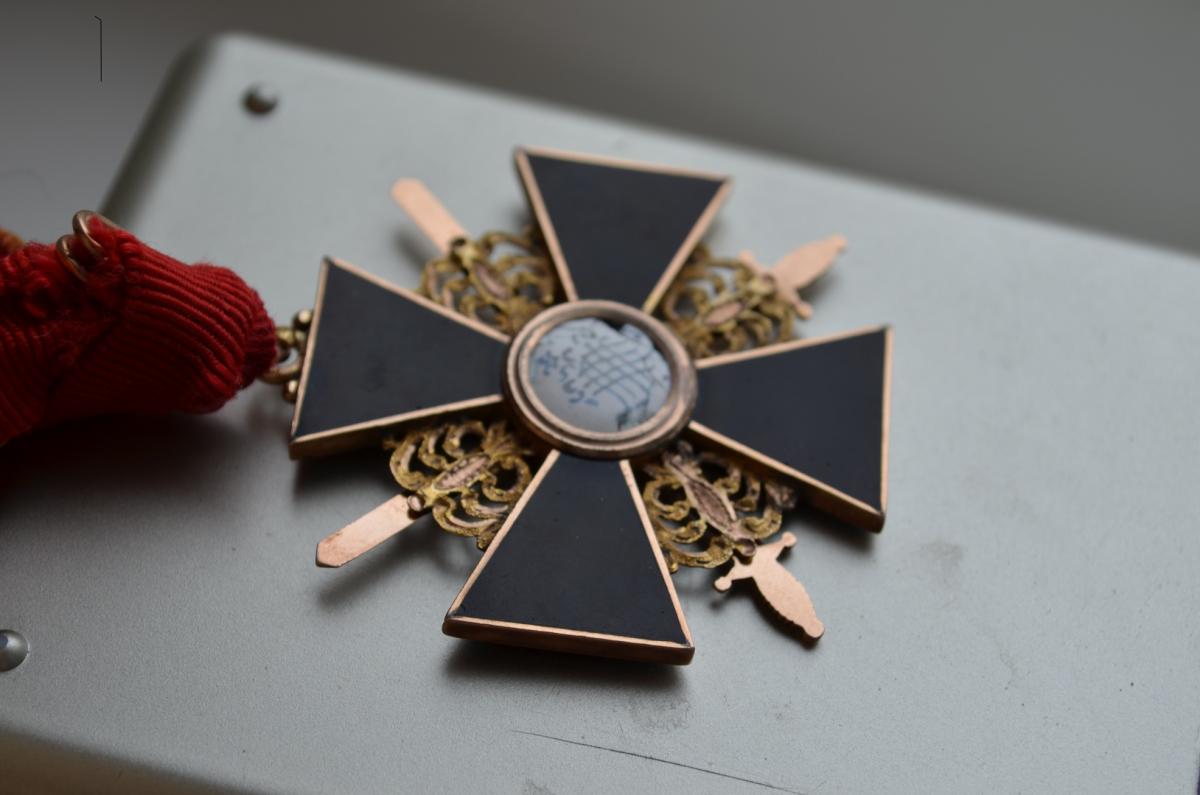
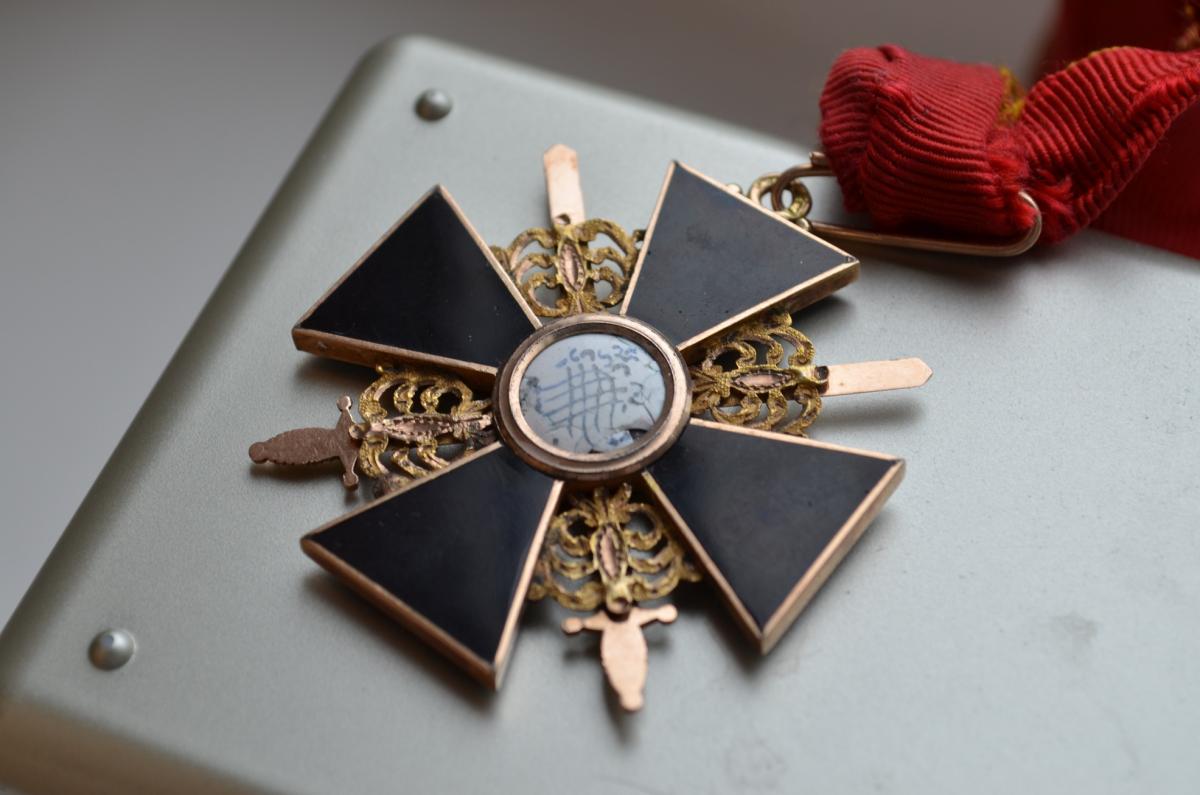
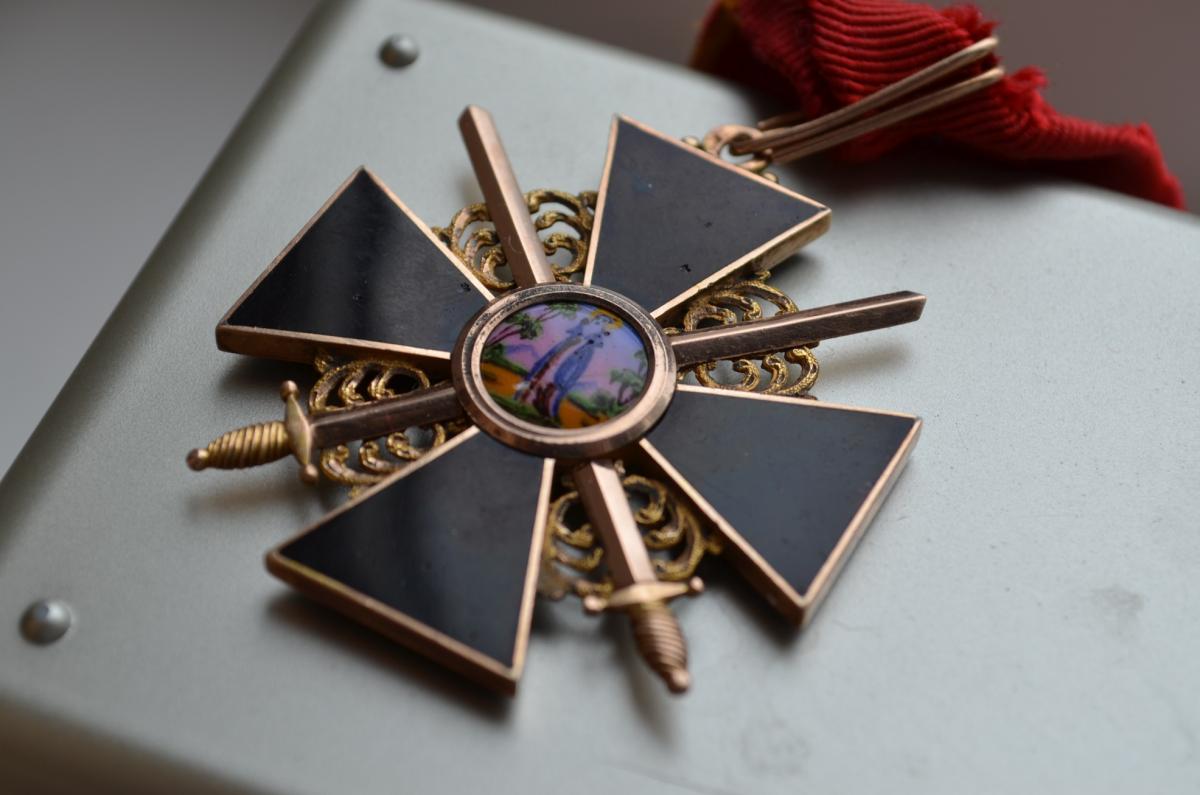
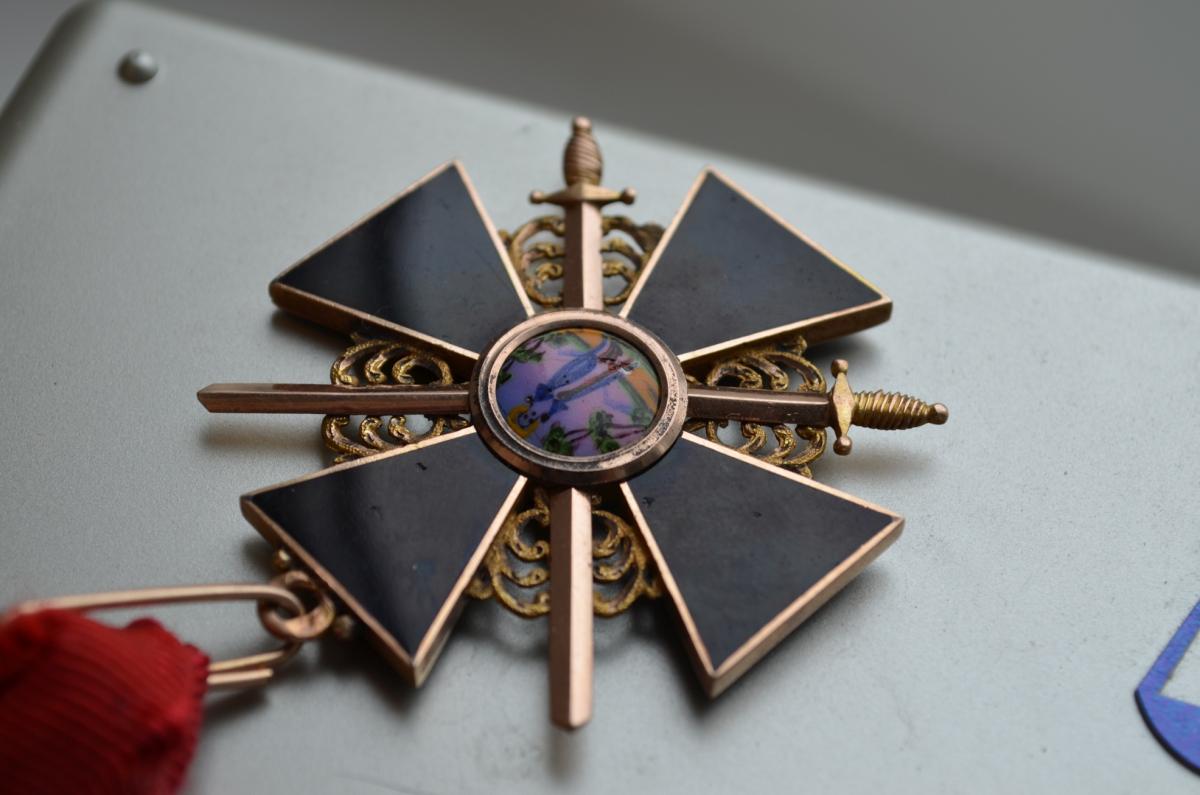
 0
0



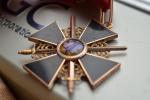
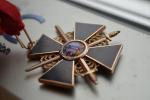
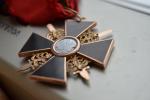
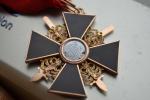
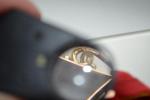

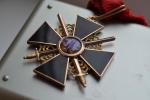
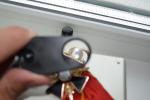
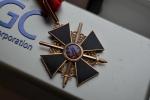
'Yellow and White' metal
in Russia: Imperial
Posted
The situation was more complicated with the manufacture of medals. On February 24, 1917, 500 pieces were ready. medals of the 1st degree (No. 26529-27028), 1000 pieces - of the 2nd degree (No. 52516-53515), 4000 pieces - of the 3rd degree (No. 271041-275040) and 2000 pieces - of the 4th degree (No. 1333101-1335100). However, they did not have time to go beyond the Mint: revolutionary Russia no longer needed medals with the image of the abdicated emperor. In addition, the St. George medals of the former sample, which remained in the Chapter of the Orders, were transferred to the Mint for melting, which informed by the attitude of July 31, 1917, that the numbering of the medals of the new sample should begin: 1st degree - with No. 24292, 2nd degree - with No. 48455, 3rd degree - with No. 263791 and 4th degree - from No. 1289051 to No. 1311050 and from No. 1312051.
The project of the St. George medal of a new sample was designed by the artist I. Bilibin, the design drawing with his signature is kept in the Muntskabinet of the St. Petersburg Mint. The development and approval of a new sample of the St. George Medal required